Sourav Pan
Transcript
Glycogen serves as the main storage form of carbohydrates in animals.
Unlike plants that store energy as starch, animals use glycogen for carbohydrate storage.
The key difference between glycogen and starch lies in their molecular structure.
Glycogen has a highly branched structure with numerous side chains.
Starch, on the other hand, is mostly linear with fewer branches.
This branched structure allows glycogen to be rapidly mobilized when glucose is needed.
The biological significance of glycogen is primarily related to glucose homeostasis.
It prevents hypoglycemia, or dangerously low blood sugar levels, by releasing glucose when needed.
During physical activity, glycogen serves as a readily available energy source for muscles.
This ensures a steady supply of energy between meals and during various activities.
The body carefully regulates blood glucose levels, using glycogen as a buffer to maintain balance.
Understanding glycogen’s importance provides a foundation for exploring how our bodies store and use energy.
Glycogenesis primarily occurs in two main tissues in the body.
The liver is a primary site of glycogenesis, storing approximately one hundred grams of glycogen.
The liver’s glycogen serves to maintain blood glucose levels for the entire body.
Skeletal muscles collectively store about four hundred grams of glycogen in total.
Unlike liver glycogen, muscle glycogen is used locally to fuel muscle contractions during exercise.
The key difference is that liver glycogen benefits the entire body by maintaining blood glucose levels, while muscle glycogen is used only by the muscles themselves during activity.
Glucose uptake is the first critical step in glycogenesis.
This process involves specialized glucose transporters that move glucose from the bloodstream into cells.
In muscle cells, glucose enters through GLUT4 transporters, which are insulin-dependent.
In contrast, liver cells use GLUT2 transporters, which function regardless of insulin levels.
This difference in glucose transport reflects the specialized roles of these tissues. Muscle cells respond to feeding states, while the liver continuously monitors and regulates blood glucose levels.
After glucose enters the cell, it undergoes phosphorylation, which is the next step in the glycogenesis pathway.
Once glucose enters the cell, it must be phosphorylated to glucose-6-phosphate.
This phosphorylation is a critical step that begins the glycogenesis pathway.
The reaction is catalyzed by one of two enzymes: hexokinase in most tissues, or glucokinase specifically in the liver.
Both enzymes perform the same function: transferring a phosphate group from ATP to the sixth carbon of glucose.
This phosphorylation serves two essential purposes.
First, it traps glucose inside the cell because glucose-6-phosphate cannot cross the cell membrane.
Second, it prepares glucose for subsequent metabolic reactions in the glycogenesis pathway.
There’s an important distinction between the two enzymes that catalyze this reaction.
Hexokinase is found in most tissues and has a high affinity for glucose, meaning it works efficiently even at low glucose concentrations.
Glucokinase, however, is primarily found in the liver and has a lower affinity but higher capacity, allowing it to process glucose more efficiently after meals when blood glucose levels are high.
To summarize, phosphorylation converts glucose to glucose-6-phosphate, trapping it inside the cell and preparing it for the next steps in glycogenesis.
In the next step of glycogenesis, glucose-6-phosphate will be converted to glucose-1-phosphate.
In the glycogenesis pathway, glucose-6-phosphate must be converted to glucose-1-phosphate.
This conversion is catalyzed by the enzyme phosphoglucomutase.
Phosphoglucomutase facilitates the transfer of the phosphate group from carbon 6 to carbon 1.
The mechanism involves a phosphorylated enzyme intermediate, where the phosphate group is temporarily transferred to the enzyme and then to carbon 1.
It’s important to note that this isomerization is reversible, allowing the cell to regulate the direction based on metabolic needs.
The repositioning of the phosphate group from carbon 6 to carbon 1 prepares glucose for activation with UDP in the next step of glycogenesis.
Formation of UDP-Glucose is a critical step in glycogenesis.
The enzyme UDP-glucose pyrophosphorylase catalyzes this reaction.
In this reaction, glucose-1-phosphate combines with UTP, or uridine triphosphate.
The enzyme catalyzes the formation of UDP-glucose and pyrophosphate.
This reaction activates glucose by attaching it to UDP, creating UDP-glucose.
UDP-glucose is the actual substrate that will be used by glycogen synthase in the next step of glycogenesis.
The pyrophosphate produced is rapidly hydrolyzed in the cell, which makes this reaction essentially irreversible.
With UDP-glucose formed, the cell is now ready for the next step in glycogenesis: the formation of a glycogen primer.
Glycogenin is a specialized protein that serves as the primer for glycogen synthesis.
Unlike many biochemical processes that require an existing substrate, glycogen synthesis needs to start from scratch.
What makes glycogenin unique is its ability to catalyze its own glycosylation, adding the first glucose molecules to itself.
The first glucose molecule attaches to a specific tyrosine residue in glycogenin’s active site.
After the initial attachment, glycogenin continues to add more glucose molecules, creating a short chain.
This oligosaccharide chain of eight to twelve glucose residues serves as the foundation for glycogen synthesis.
From this point, glycogen synthase will take over to extend this primer into a full glycogen molecule.
Glycogen synthase is the key enzyme in glycogen synthesis.
It transfers glucose molecules from UDP-glucose to the growing glycogen chain.
The enzyme attaches each new glucose unit to the non-reducing end of the chain.
This process continues one glucose at a time, creating a linear chain through alpha-one-four glycosidic bonds.
Glycogen synthase continues this process, extending the chain with each new glucose molecule.
This linear extension creates the backbone of the glycogen molecule, which can later be branched by a different enzyme.
Glycogen has a highly branched structure resembling a tree.
The main chains of glucose molecules are connected by alpha-1,4-glycosidic bonds.
Branch points in the glycogen structure are formed by alpha-1,6-glycosidic bonds.
This branched structure is crucial for glycogen’s function.
It creates numerous endpoints from which glucose can be released simultaneously, allowing for rapid energy mobilization.
Calcium ions play a significant role in regulating glycogenesis, particularly in muscle tissue during exercise.
In muscle cells, increased intracellular calcium concentration occurs during contraction.
When calcium levels rise within the cell during muscle contraction, it triggers a regulatory cascade.
The increased calcium activates an enzyme called phosphorylase kinase.
Once activated, phosphorylase kinase inhibits glycogenesis – the process of building glycogen.
At the same time, it promotes glycogenolysis – the breakdown of glycogen into glucose.
This calcium-mediated regulation creates a direct link between muscle contraction and energy mobilization.
This regulatory mechanism ensures that muscles have adequate glucose supply during physical activity, when energy demands are high.
Cellular energy status has a significant impact on glycogenesis.
The ATP to AMP ratio serves as a key indicator of cellular energy status.
High ATP levels indicate an energy surplus, which promotes glycogenesis.
In contrast, high AMP levels signal energy deficiency, which inhibits glycogenesis to prioritize immediate energy production.
AMP-activated protein kinase, or AMPK, acts as a cellular energy sensor.
When AMP levels rise, indicating low energy, AMPK becomes activated.
Activated AMPK inhibits glycogenesis, ensuring that glucose is used for immediate energy production rather than storage.
Cellular energy status guides metabolic decisions:
When energy is high, as indicated by an elevated ATP to AMP ratio, cells prioritize storing glucose as glycogen.
When energy is low, with a decreased ATP to AMP ratio, cells prioritize using glucose for immediate energy production.
This sophisticated system ensures that glucose is appropriately allocated between storage and energy production based on the cell’s immediate needs.
Von Gierke Disease, also known as Glycogen Storage Disease Type I, is a rare genetic disorder affecting glycogen metabolism.
In normal glycogen breakdown, glycogen is converted to glucose-6-phosphate, and then the enzyme glucose-6-phosphatase removes the phosphate group to release glucose.
In Von Gierke Disease, there is a deficiency or absence of the enzyme glucose-6-phosphatase, which prevents the final step of glycogen breakdown.
This enzyme deficiency blocks the conversion of glucose-6-phosphate to glucose, leading to excessive glycogen accumulation primarily in the liver and kidneys.
The clinical manifestations of Von Gierke Disease include hepatomegaly, which is an enlarged liver, and enlarged kidneys due to glycogen accumulation.
Patients also experience severe hypoglycemia due to impaired glucose release, growth retardation, and lactic acidosis from increased alternative metabolic pathways.
The disease highlights the critical importance of proper glycogen metabolism in maintaining blood glucose levels and overall metabolic homeostasis.
Pompe Disease is a genetic disorder characterized by deficiency of the lysosomal enzyme acid alpha-glucosidase.
This enzyme normally breaks down glycogen in lysosomes. Without it, glycogen accumulates to harmful levels.
Pompe Disease presents in different forms, with varying severity and age of onset.
Pompe Disease affects multiple tissues, with glycogen accumulating particularly in the heart, skeletal muscles, and sometimes the central nervous system.
The infantile form is characterized by severe cardiomegaly, muscle weakness, and often leads to early death, while later-onset forms show progressive muscle weakness without significant cardiac involvement.
Glycogenesis in diabetes mellitus is significantly impaired, leading to major metabolic consequences.
In normal metabolism, insulin binds to insulin receptors, activating glucose transporters and enabling glucose uptake. This allows glycogenesis to proceed efficiently.
However, in diabetes mellitus, insulin signaling is impaired due to either insulin deficiency in Type 1 diabetes or insulin resistance in Type 2 diabetes.
Without proper insulin signaling, glycogen synthase remains phosphorylated and inactive, preventing the conversion of glucose to glycogen.
The inability to store glucose as glycogen contributes to hyperglycemia, as excess glucose remains in the bloodstream.
In diabetes, cells cannot efficiently take up glucose from the blood due to the lack of insulin action or insulin resistance.
Therapeutic approaches for diabetes often aim to restore normal glycogenesis. Insulin therapy directly replaces the missing hormone in Type 1 diabetes.
Medications like metformin improve insulin sensitivity and reduce hepatic glucose production, indirectly promoting glycogenesis in Type 2 diabetes.
Lifestyle interventions, particularly exercise, can directly increase muscle glycogen synthase activity, improving glycogen storage even in the presence of insulin resistance.
To summarize, glycogenesis in diabetes is impaired due to insulin deficiency or resistance.
This leads to reduced glucose uptake and inactive glycogen synthase, preventing proper glycogen storage.
The resulting hyperglycemia is a hallmark of diabetes, and therapeutic interventions aim to restore normal glycogenesis to help regulate blood glucose levels.
Study Materials
Glycogenesis - Enzymes, Steps, Regulation, Importance
Helpful: 0%
Related Videos
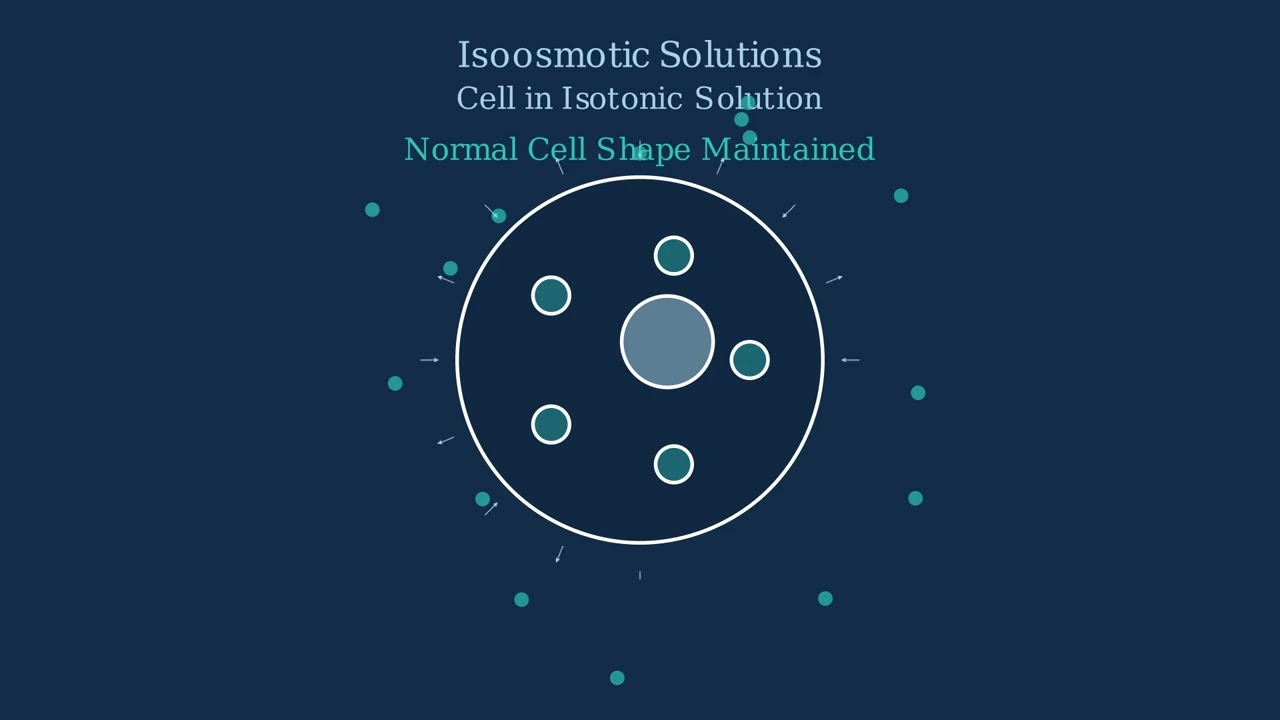
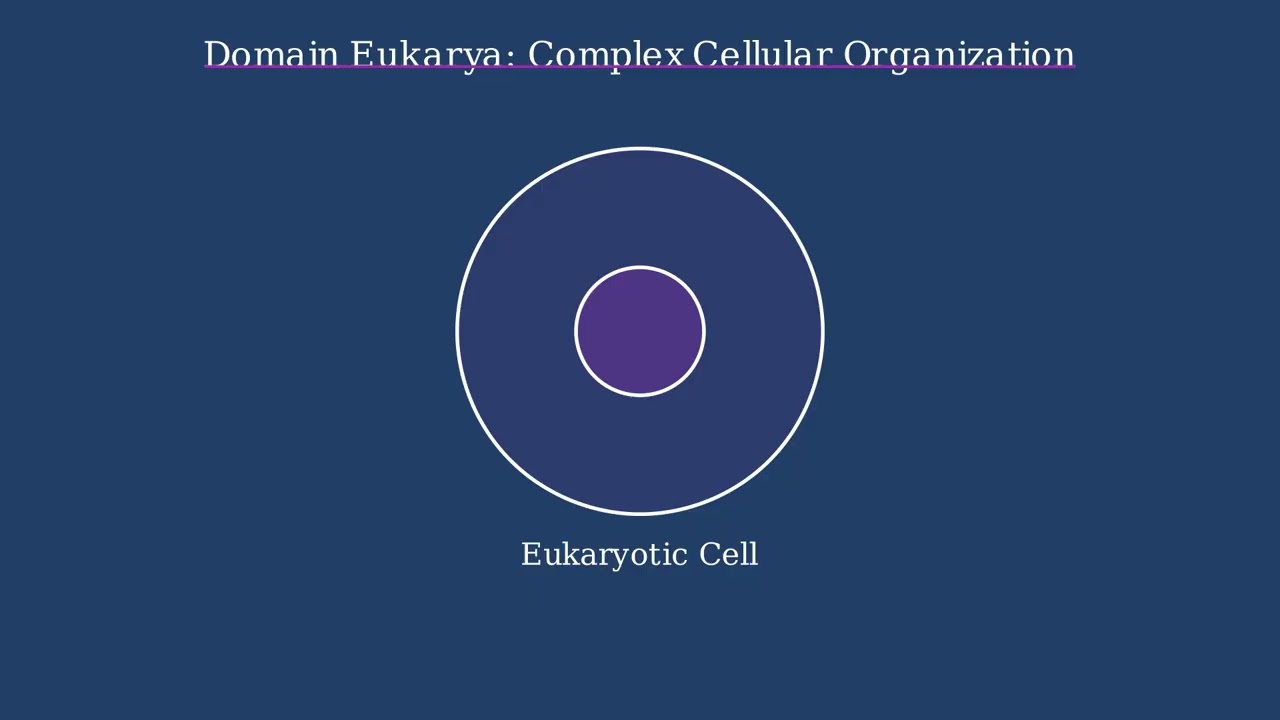
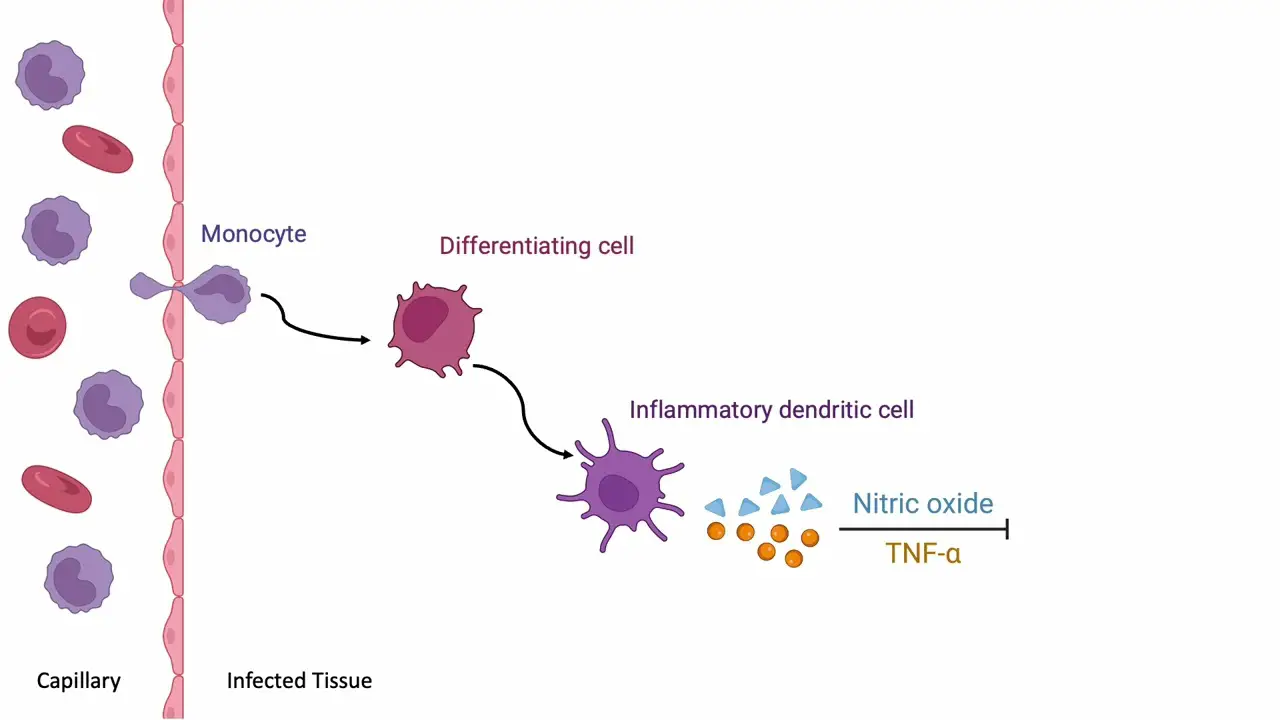
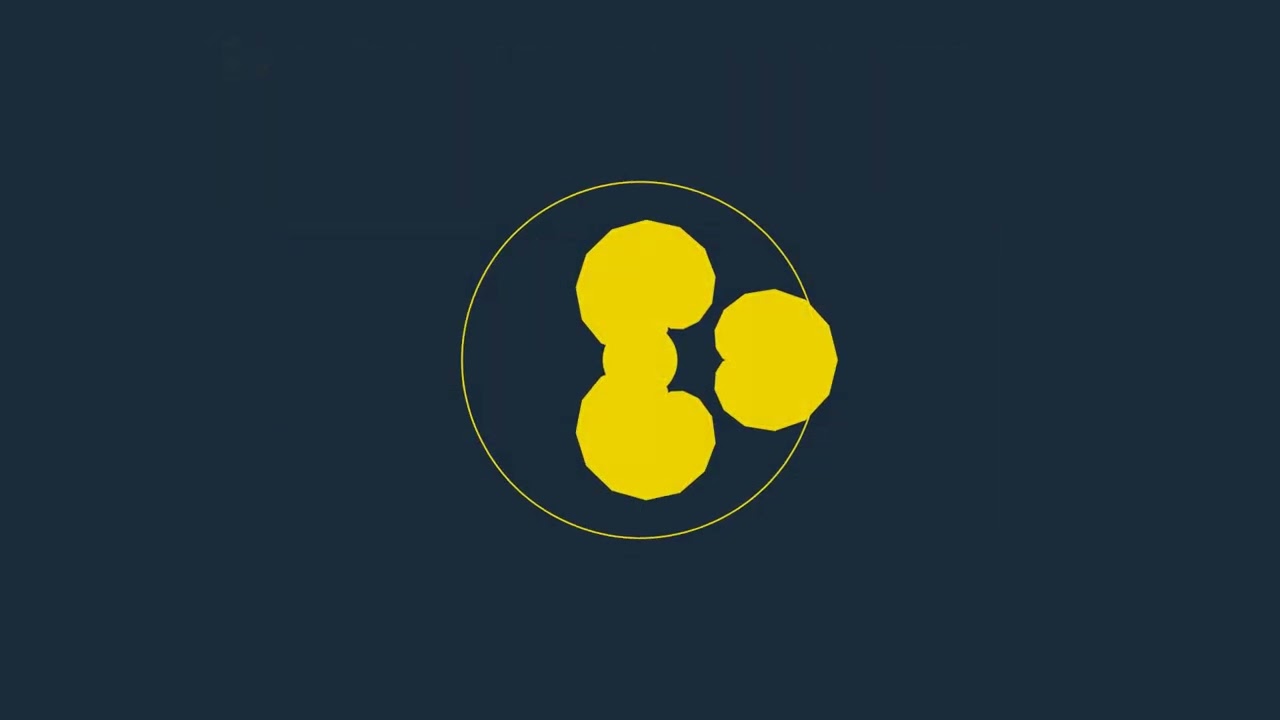
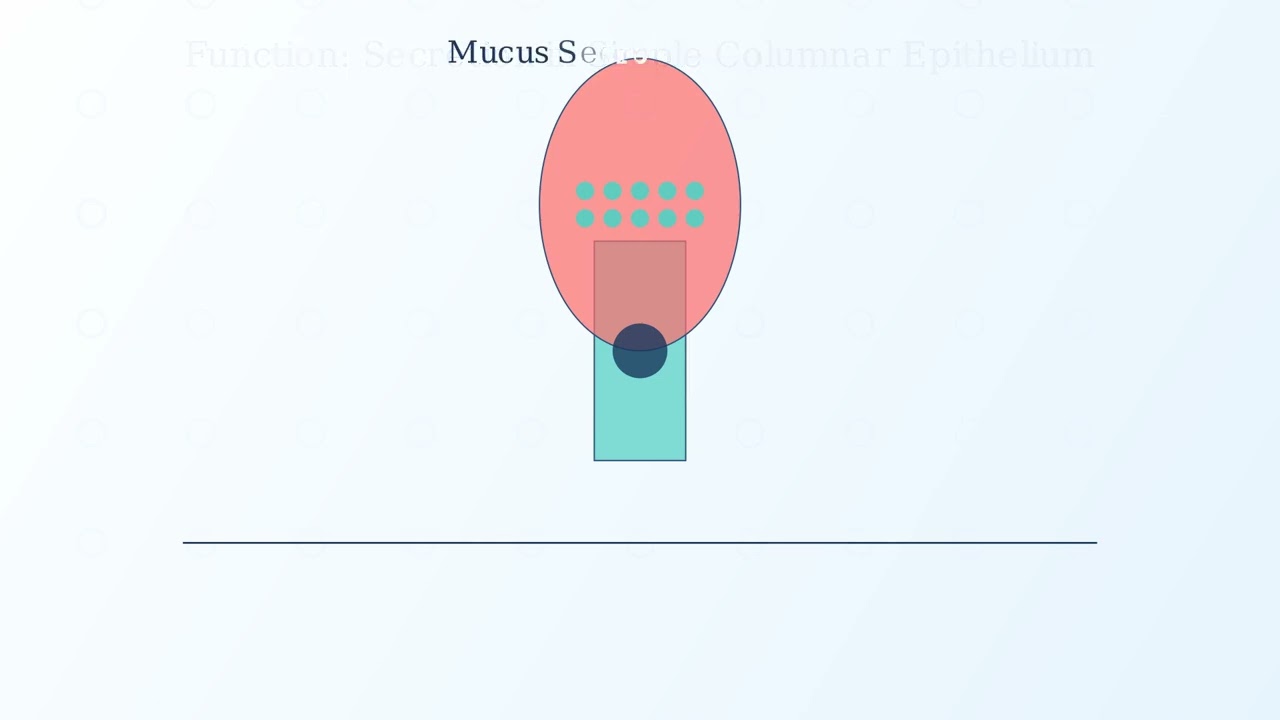
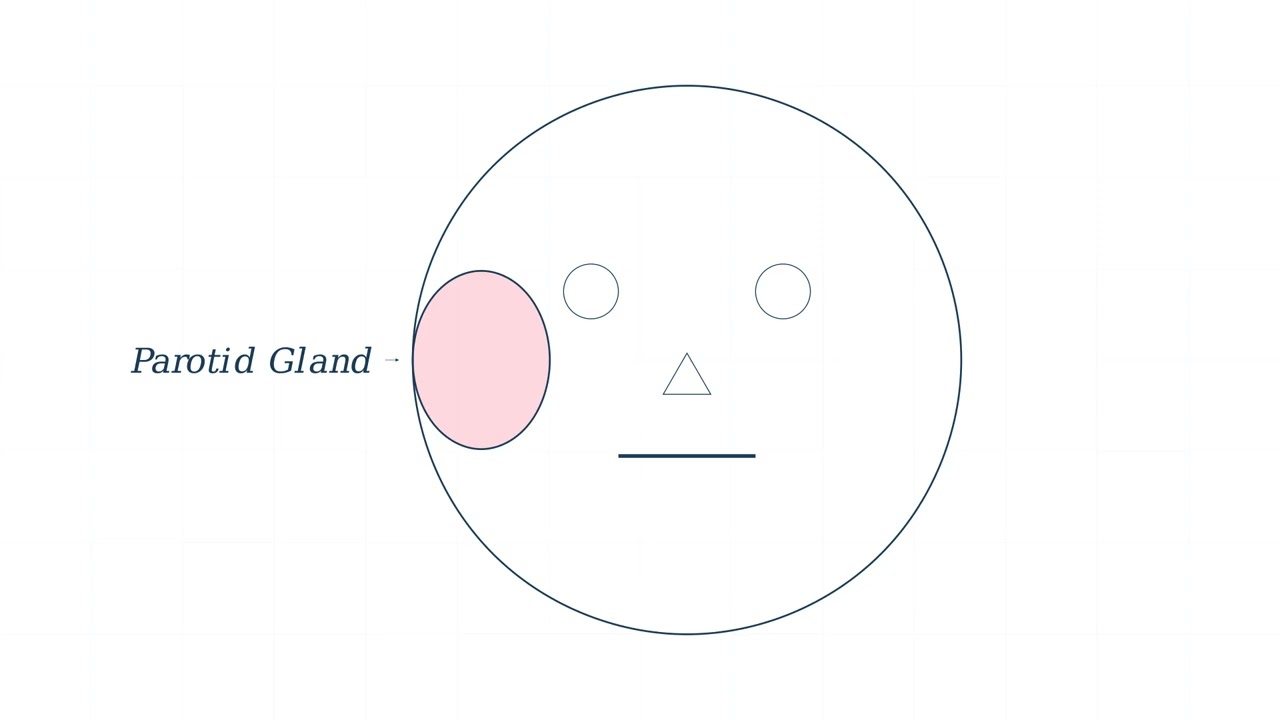


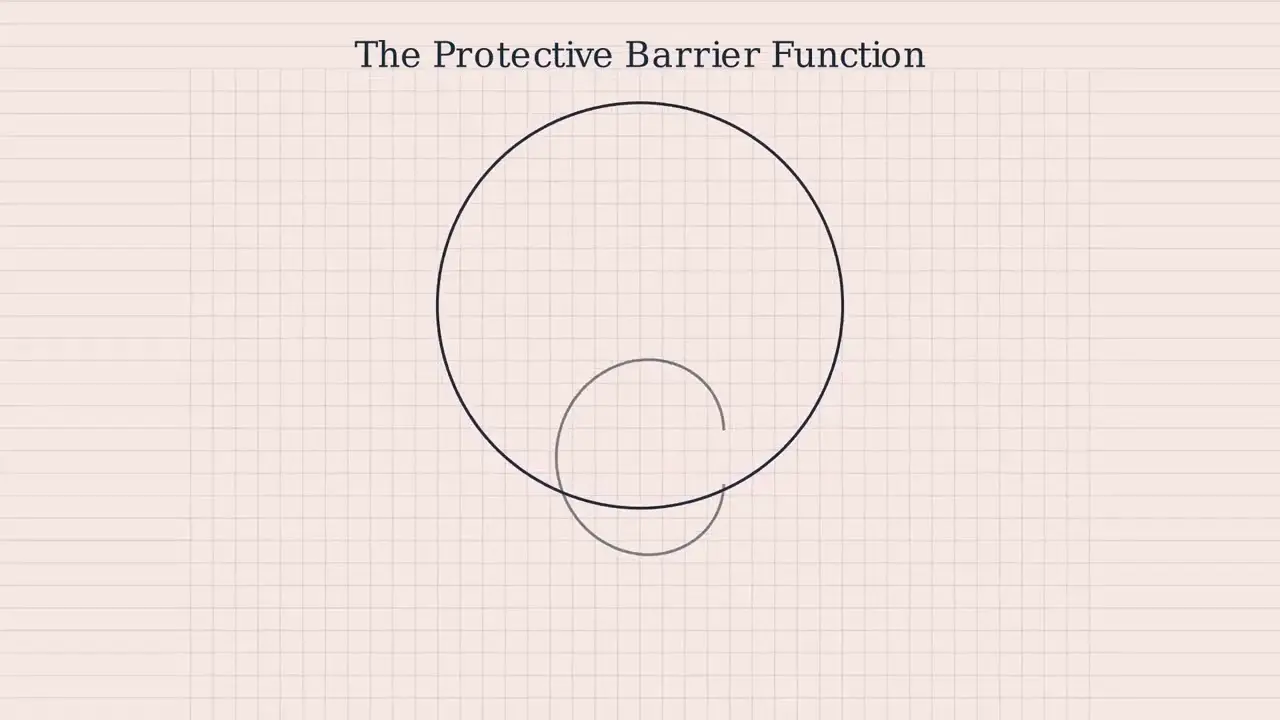

- Text Highlighting: Select any text in the post content to highlight it
- Text Annotation: Select text and add comments with annotations
- Comment Management: Edit or delete your own comments
- Highlight Management: Remove your own highlights
How to use: Simply select any text in the post content above, and you'll see annotation options. Login here or create an account to get started.